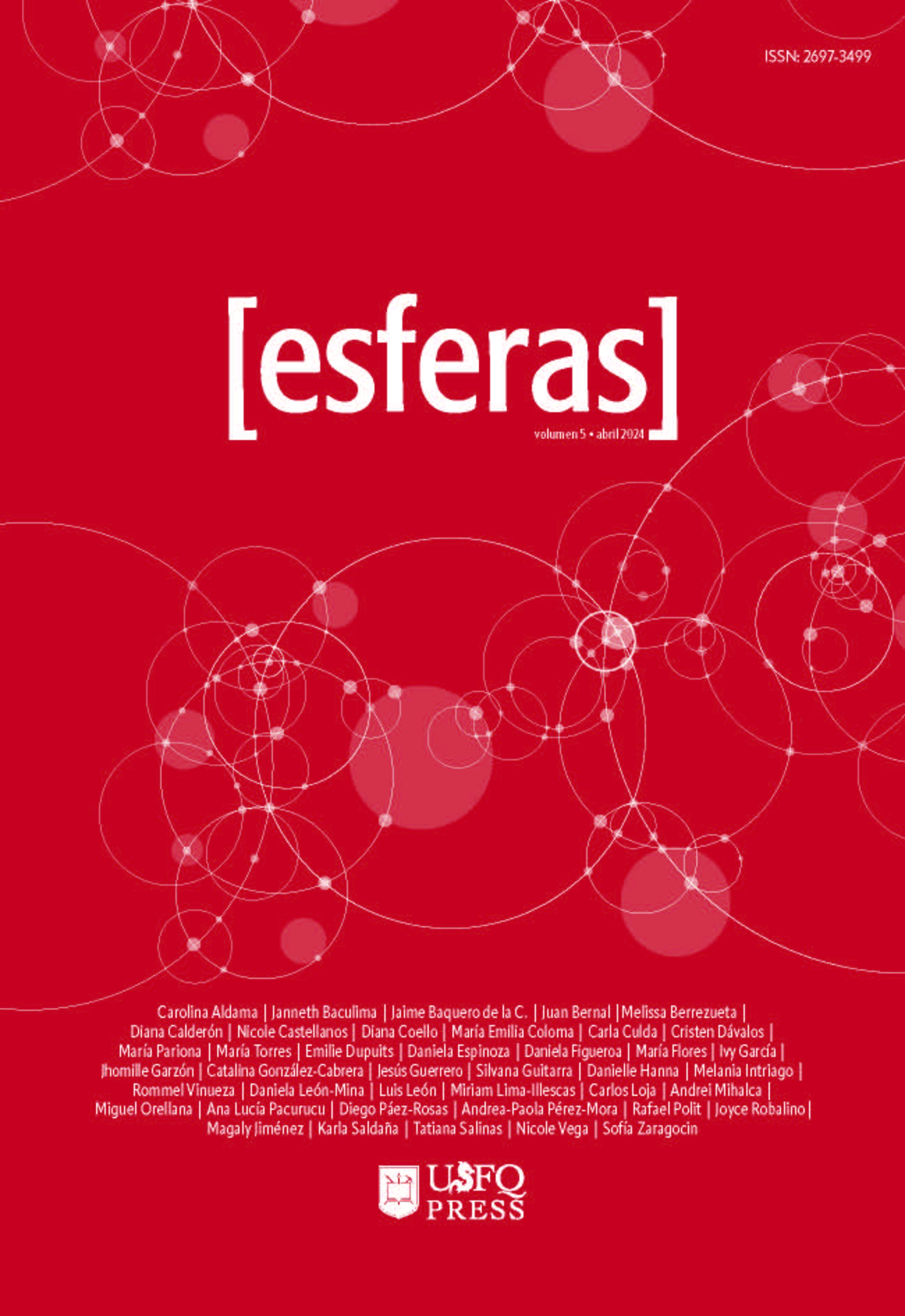Oral health conditions in beneficiaries of the Sonríe project, in cooperation with the Consejo Cantonal de Salud de Cuenca
Published 2024-04-01
Keywords
- dentistry ,
- oral health,
- dental care for children
How to Cite
Copyright (c) 2024 Miriam V. Lima-Illescas, María del Carmen Pariona Minaya, Andrea-Paola Pérez-Mora, Magaly Jiménez Romero

This work is licensed under a Creative Commons Attribution-NonCommercial 4.0 International License.
Abstract
The actions of the department of social outreach of the dentistry department of the Universidad Católica de Cuenca, in coordination with the Consejo Cantonal de Salud de Cuenca, made it possible to implement the Sonríe Cuenca project. The objective of the study was to report the results of a community intervention through this project. Dental care was carried out in 4 educational institutions and 6 public child development centers in the urban area of Cuenca during the period 2019 to 2023. A total of 214 students and 7 teachers participated during this period. The beneficiaries were 965 children, with a total of 3473 dental activities, distributed in oral health education carried out to all participants; prevention activities through the identification of biofilm, control of tooth brushing technique, dental diagnosis to 571 children, and finally with 1902 minimally invasive dental actions (prophylaxis, sealants, fluoridation, dental restorations). The execution of the brigade contributes to the improvement of the state of oral health, the emphasis was placed on the different dental activities carried out in the beneficiaries of the Sonríe Cuenca project, especially in education and prevention actions, despite a period of pandemic, the oral health education did not stop.
Downloads
References
- Chiu, H. H. C., Lam, P. P. Y., & Yiu, C. K. Y. (2023). The impact of minimal intervention dentistry on patient-reported and observation-based outcomes in the pediatric population: A Systematic Review and Meta-Analysis. Healthcare (Switzerland), 11(16), 2241. https://doi.org/10.3390/healthcare11162241
- Frencken, J. (2017). Atraumatic restorative treatment and minimal intervention dentistry. British Dental Journal, 223(3), 183-189. https://doi.org/10.1038/sj.bdj.2017.664
- Frencken, J., Peters, M., Manton, D., Leal, S., Gordan, V., & Eden, E. (2012). Minimal intervention dentistry for managing dental caries - a review. International Dental Journal, 62(5), 223-243. https://doi.org/10.1111/idj.12007
- Innes, N., Frencken, J., Bjørndal, L., Maltz, M., Manton, D., Ricketts, D., Van Landuyt, K., Banerjee, A., Campus, G., Doméjean, S., Fontana, M., Leal, S., Lo, E., Machiulskiene, V., Schulte, A., Splieth, C., Zandona, A., & Schwendicke, F. (2016). Managing carious lesions: consensus recommendations on terminology. Advances in dental research, 28(2), 49-57. https://doi.org/10.1177/0022034516639276
- Kidd, E. (2004). How «clean» must a cavity be before restoration? Caries Research, 38(3), 305-313. https://doi.org/10.1159/000077770
- Malambo, R. N. (2016). Descripción de las condiciones de salud oral en población institucionalizada, en cumplimiento de un convenio internacional en Bogotá. Investig. segur. soc. salud, 18(1 y 2), 45-54. http://fi-admin.bvsalud.org/document/view/gae56
- Marsh, P. D. (2006). Dental plaque as a biofilm and a microbial community - implications for health and disease. BMC Oral Health, 6((Suppl 1)), 1-7. https://doi.org/10.1186/1472-6831-6-S1-S14
- Organización Panamericana de la Salud. (2017). Propuesta de plan regional decenal sobre salud bucodental para las Américas: Informe final. Washington. http://iris.paho.org/xmlui/bitstream/handle/123456789/34217/CE160-INF-7-s.pdf?sequence=2&isAllowed=y
- Schwendicke, F., Frencken, J. E., Bjørndal, L., Maltz, M., Manton, D. J., Ricketts, D., Van Landuyt, K., Banerjee, A., Campus, G., Doméjean, S., Fontana, M., Leal, S., Lo, E., Machiulskiene, V., Schulte, A., Splieth, C., Zandona, A. F., & Innes, N. P. T. (2016). Managing Carious Lesions: Consensus recommendations on carious tissue removal. Advances in dental research, 28(2), 58-67. https://doi.org/10.1177/0022034516639271
- Secretaría Nacional de Planificación y Desarrollo. (2017). Plan Nacional de Desarrollo 2017-2021-Toda una Vida. Quito. http://www.planificacion.gob.ec/wp-content/uploads/downloads/2017/10/PNBV-26-OCT-FINAL_0K.compressed1.pdf
- Zhang, B., Zhao, M., Duan, S., Tian, J., Lei, L., & Huang, R. (2023). An economic evaluation of pit and fissure sealants and fluoride varnishes in preventing dental caries: a systematic review. Journal of Clinical Pediatric Dentistry, 47(5), 4-11. https://doi.org/10.22514/jocpd.2023.048



